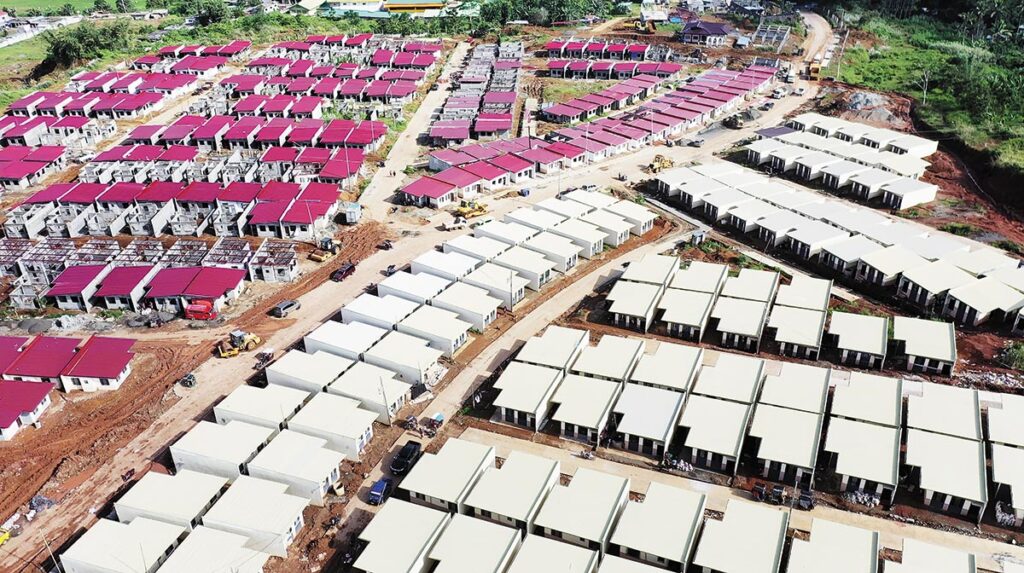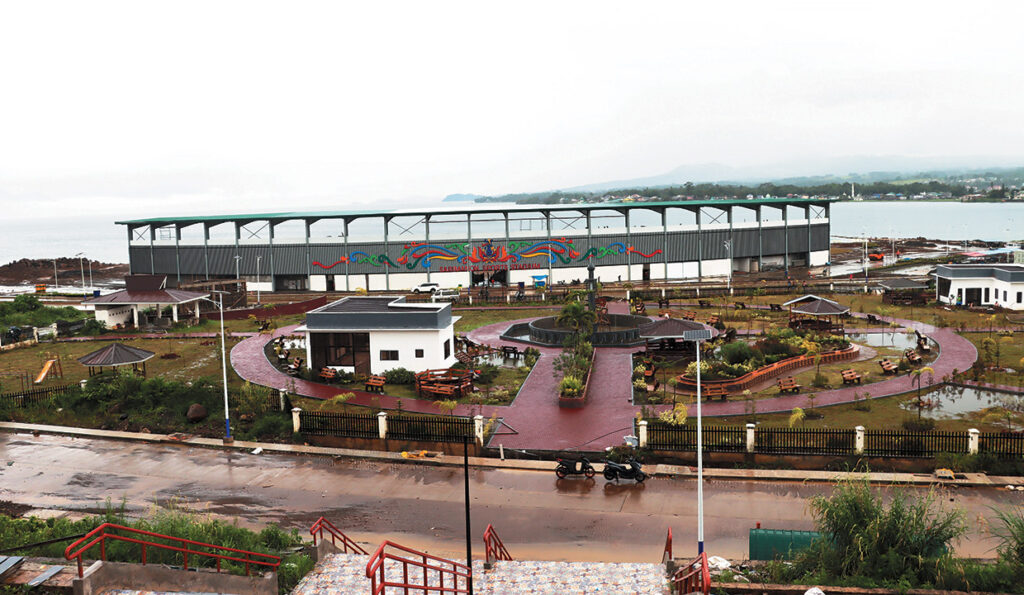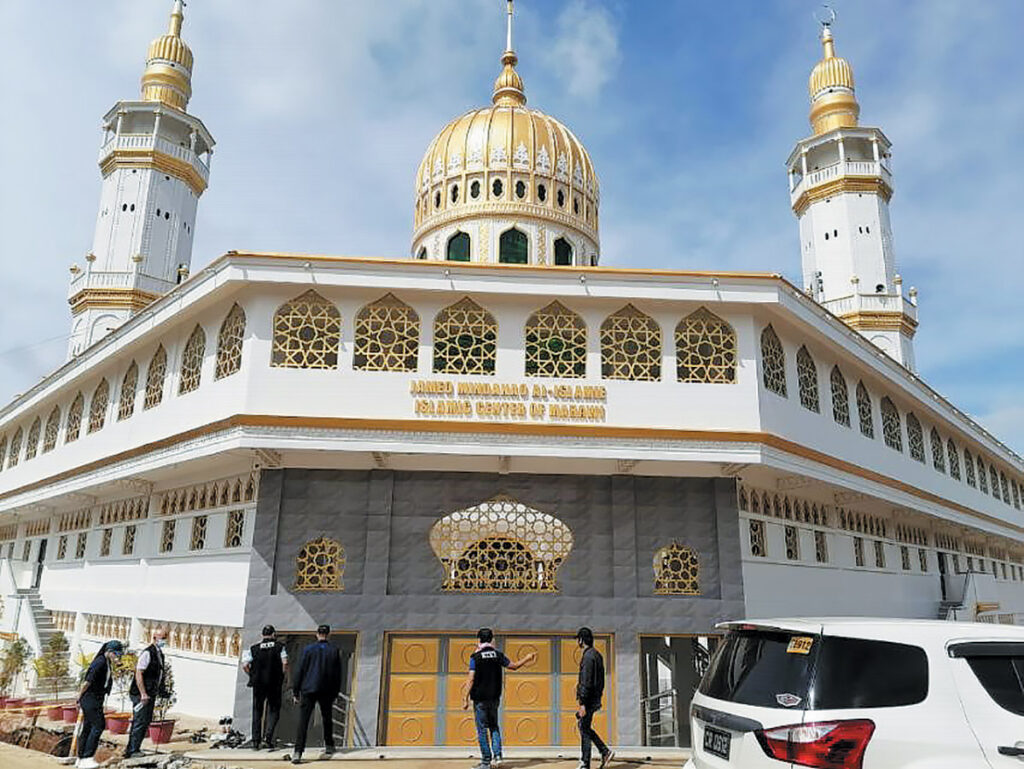Rising from the ashes, Marawi City is now back on the road to progress — better, safer and stronger, according to Task Force Bangon Marawi (TFBM) chairman Secretary Eduardo Del Rosario.
Slowly but surely, the country’s only Islamic city is inching closer to normalcy, thanks to the massive government-led rehabilitation that has resulted in the rise of new public infrastructures and other facilities.
The city’s rebuilding process has not been a walk in the park, but due to the perseverance of TFBM, its implementing agencies and partner-organizations, the mission is nearly complete.
And amidst the looming change of administration, the TFBM and its partners continue to ensure that the rehabilitation efforts will bear fruit and benefit the people of Marawi, especially those displaced by the 2017 siege.

Such efforts have earned praises from various government sectors, including some from the international scene, with a top United Nations official even describing Marawi’s rebuilding process as the “best he has ever seen.”
With most of the rehabilitation projects now completed, fulfilling President Rodrigo Duterte’s promise of making Marawi a “prosperous city once again” is well within reach.
The massive rehabilitation has three phases – – the first included provision of emergency and livelihood assistance to the affected residents, then the debris management and lastly the horizontal and vertical construction.
Following the completion of the debris- and bomb-clearing operations which took more than a year, the TFBM and its implementing agencies, went on full blast in the reconstruction in July 2020.
Numerous public infrastructure and facilities were constructed despite numerous challenges, including the COVID-19 pandemic and incessant rains that slowed down construction works.
Completed projects
With regard to the provision of shelter, the TFBM completed 4,916 transitory homes and 2,800 permanent housing units through its coordination with UN-Habitat, as well as the Social Housing Finance Corp. and the National Housing Authority – key shelter agencies of the Department of Human Settlements and Urban Development.

Nearly 28 kilometers of transcentral roads across Marawi have been completed, as well as four bridges – namely Mapandi, Banggolo, Lilod-Guimba and Agus III.
Meanwhile, several projects like road networks meant to develop the former “ground zero” or most affected area (MAA) had likewise wrapped up and are now being enjoyed by the people of Marawi.
Sixteen barangay complexes each having their own health clinic and madrasah have been erected and inaugurated inside MAA, with eight more ongoing and are in various stages of completion.
Marawi’s tourism potential also received a boost following the completion of several major public infrastructures such as the Sarimanok Sports Stadium, Rizal Park, Marawi Museum, School of Living Traditions, Traffic Command Center and the Marawi Convention Center, among others.
Power supply has also been restored in Sectors 1-3 and 9 by the Lanao del Sur Electric Cooperative.

To help fast-track the social healing of Maranaos, the TFBM, as ordered by President Duterte, likewise prioritized the full refurbishment of six Islamic houses of worship, including the iconic Grand Mosque, with the repair of several others now in various stages of completion through donations from the private sector and other partner organizations.
Other positive developments are the provision of free wi-fi connection in some public areas and installation of temporary water pumps intended for returning displaced persons while awaiting the completion of the MAA Bulk Water System.
These are on top of the government’s continuous efforts in providing other basic services to citizens of Marawi such as health and social welfare-related services, transitory family support packages, skills training, as well as educational, livelihood and business development assistance.
Completion assured
As funding for projects implemented by the TFBM is given in tranches, Del Rosario reiterated that the completion of remaining tasks will spill over to the next administration.
The housing czar said about 72 percent of the rehabilitation projects have been completed, including public facilities inside MAA. Meanwhile, 17 percent of the projects are ongoing and will most likely be finished within the third quarter of the year.
The remaining 11 percent of the projects are still undergoing procurement. These projects are expected to be completed by the first quarter of next year.
